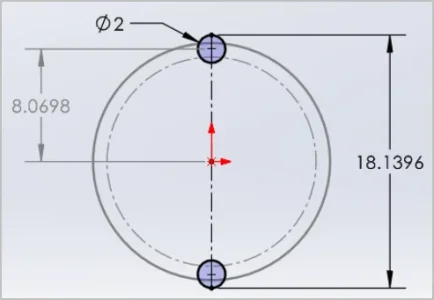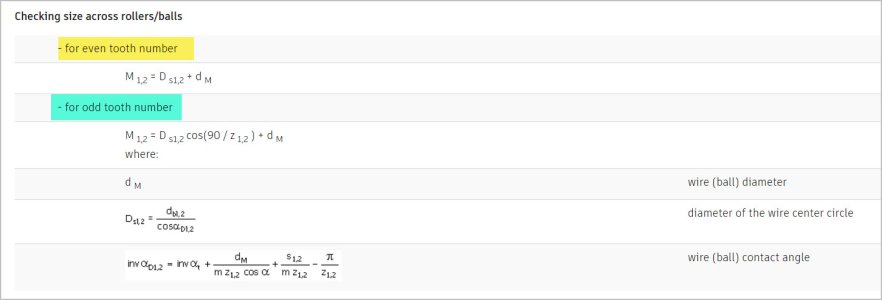Using the info from the video and your dimensions we would calculate DP this way.
(2 + tooth count) / OD in inches or
32/ 1.606" = 19.925
Could you post the OD of some of your other gears so we can check them as well?
I have been afraid of hearing that ever since I bought them. Using the tooth profile printouts, they did look close to 20DP. I had to hang upside down from an oak tree to decide and the rope broke. After that, 1.25 looked best.
I'll measure a few more when I get back out to the shop. I'm supposed to be cleaning out my clothes closet according to SWMBO. Apparently it's the only room in the house that doesn't meet her standards. But she has gone to town and I'd rather count teeth on a thousand gears.......


